0
You have 0 items in your cart
Here’s a teaser: at the end of the interview, Brian gives us his thoughts on AI in the motion design/3D industry and where it is going. It’s pretty fascinating!
I recently came across a 3D film that blew me away. The lighting, the camera moves, the sound design, and the story just sucked me in. I was captivated. It’s called Botching and was created by an artist named Brian Williams. I was thrilled to hear he even used a bunch of our assets in the film!
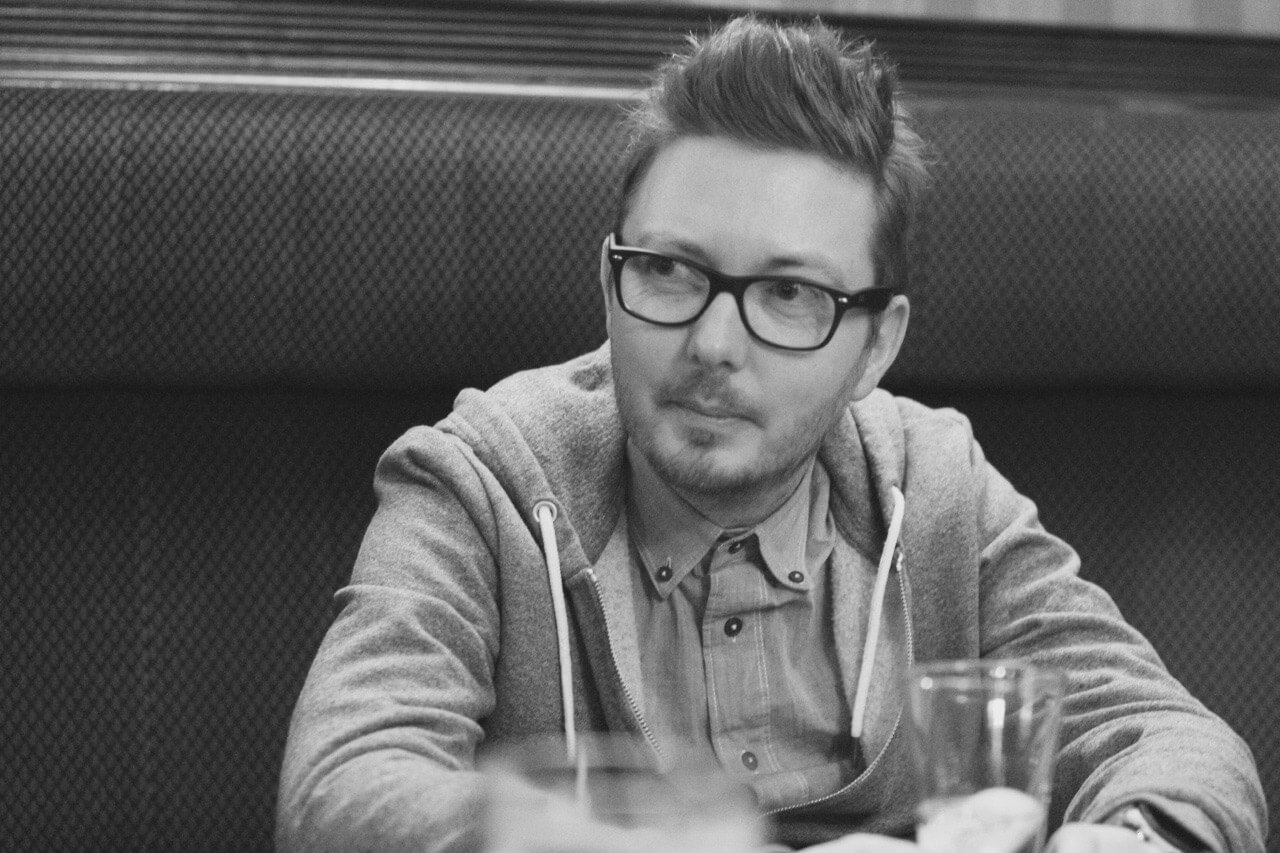
This film has won numerous awards: Winner Best Sci-Fi Ealing Film Festival London, Winner Best Sci-Fi West London Film Festival, Winner Best Action Film West London Film Festival, and Winner Best Sci-Fi Brooklyn Sci-Fi Film Festival.
I had the honor of asking him about this project and his process so we can all learn about what goes into a film like this. Let’s go! But before we do, let’s watch the video, so we know what we’re discussing:
My day job is as a live-action director, but with a baby on the way, I wanted to cut down on the travel. However, I still needed an income, so I pivoted back to 3D. I was miles behind the curve, so I needed a project to retrain.
The idea for a robot heist film, Robocop meets Die Hard, rattled around in my head for a while. I never intended to make a short, but the idea of spending time in this world made me happy. So I started building an underground station, and it went from there. Then I saw Love, Death & Robots and I thought… Hmmm.
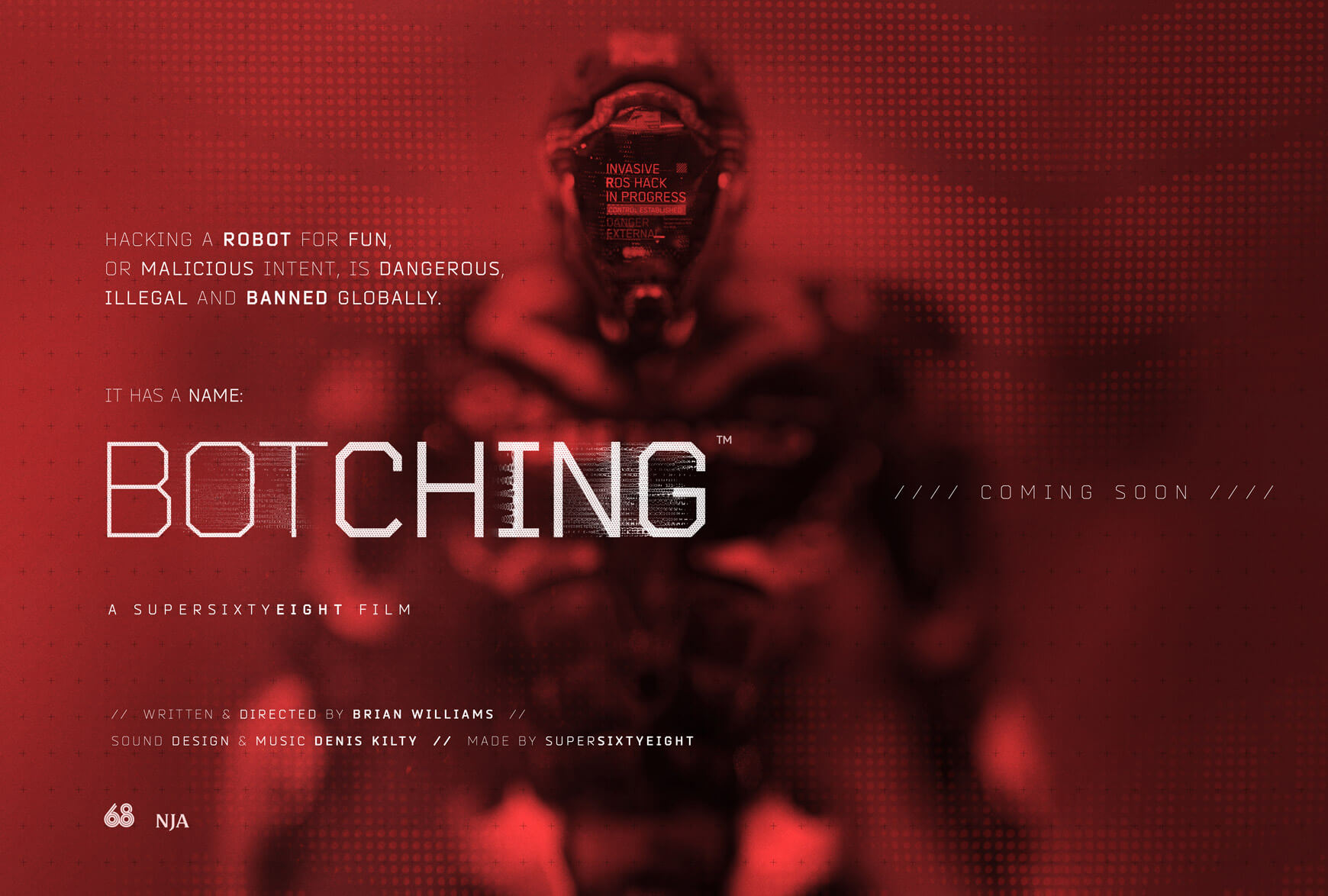
I worked on it completely solo, except for the soundtrack. It was a very dumb idea to work alone! But it just evolved that way. The actual time spent on it was probably a few months spread over a year and a half. As I got better and learned new techniques, I had to redo scenes, so some parts went faster than others.
The character animation was the hardest, and it nearly broke me. But the best advice I got was from a pal who’s a novelist: ‘If it were easy, everyone would be doing it?’
Maxon Cinema 4D and Redshift renderer. I didn’t use many plug-ins on the project as it was all set building and character animation. But once I got the renders into After Effects, a LOT of different plug-ins were used.
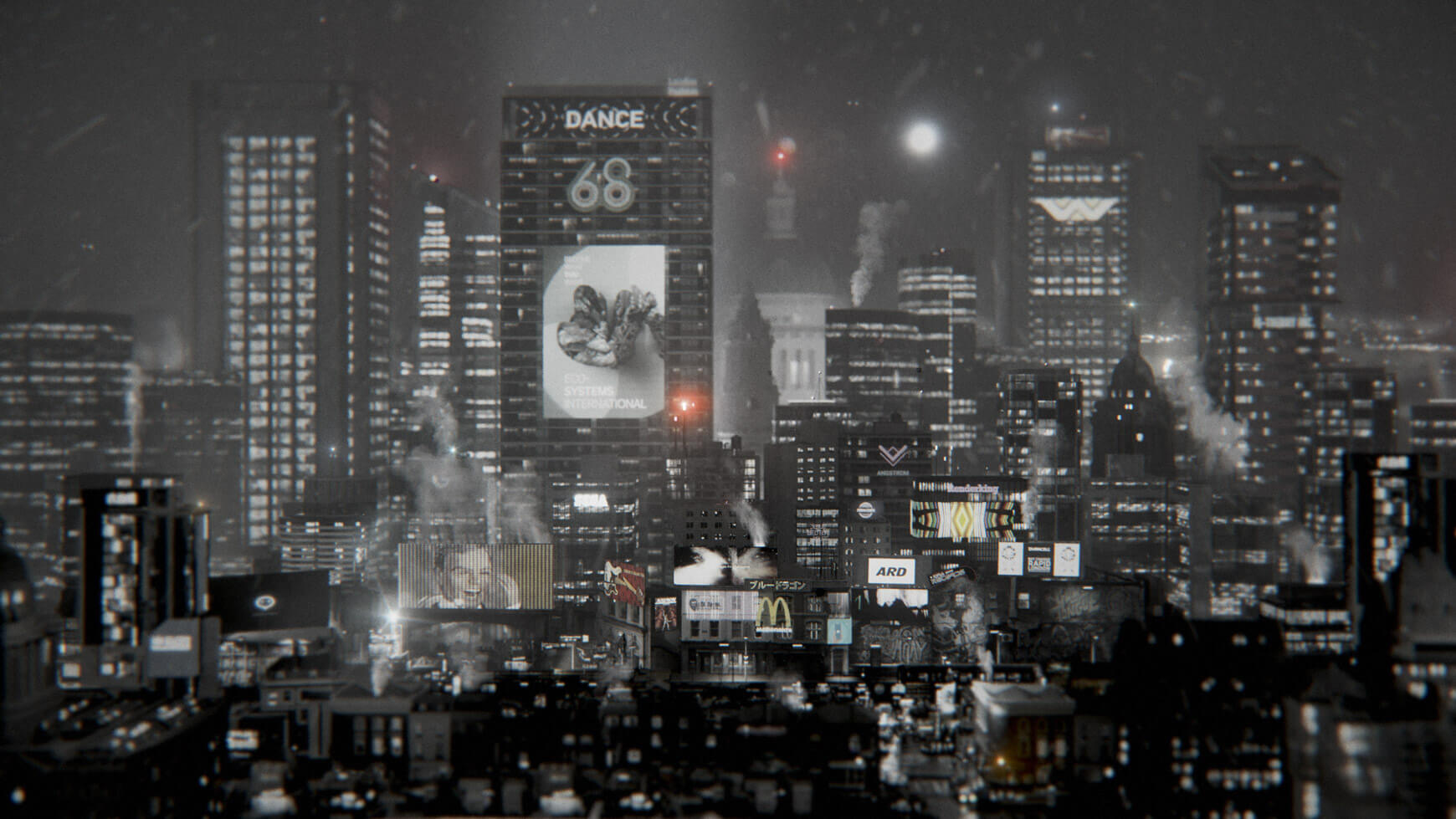
This is not a complete list, but I used the Modern Cityscape Collection in the deep background, mid, and foreground. The VDB Smoke Packs are all over the film, from distant cityscapes to close-ups and mids on the explosions.
The explosion itself was from VDB Explosions, and post-explosions, I used VFX Sparks (these were so brilliant).
I’d say a huge amount of the textures came from the Redshift Material Packs 1-5. I’d never have finished the project without these brilliant assets.
(If you’re interested, you can get these products here.)
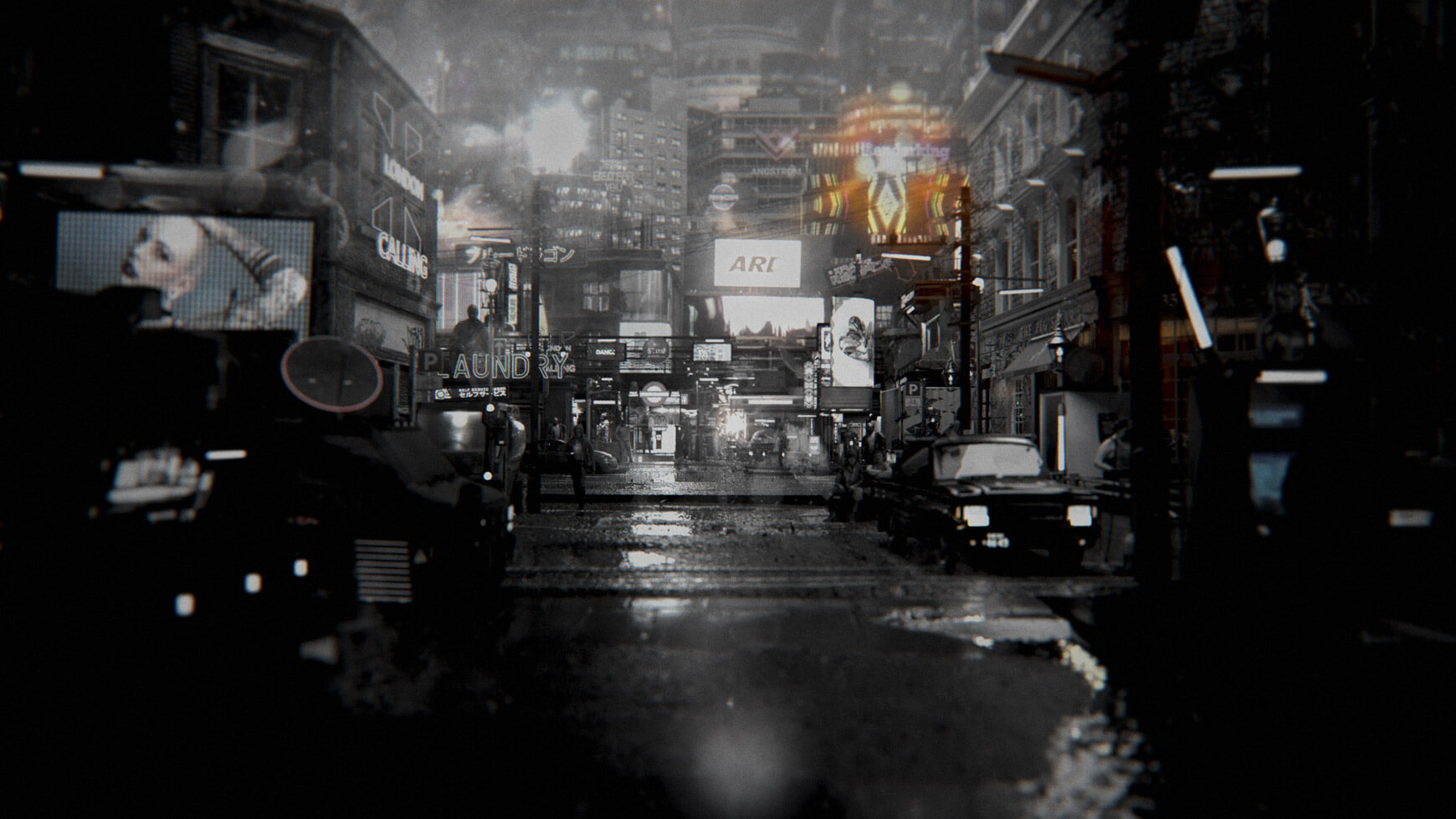
Redshift has gotten SO much better with dealing with VDBs since finishing the film; my hints and tips are a bit out of date. But what I would say is if you’re making an action film, you have to ignore the craft, even if you made the sets yourself. Don’t be too precious.
You have to chuck the camera around, and this might mean whip-panning away from the explosion as it happens for authenticity. Therefore, don’t be afraid to use a lower-res version too, especially if you’re using DoF and motion blur.
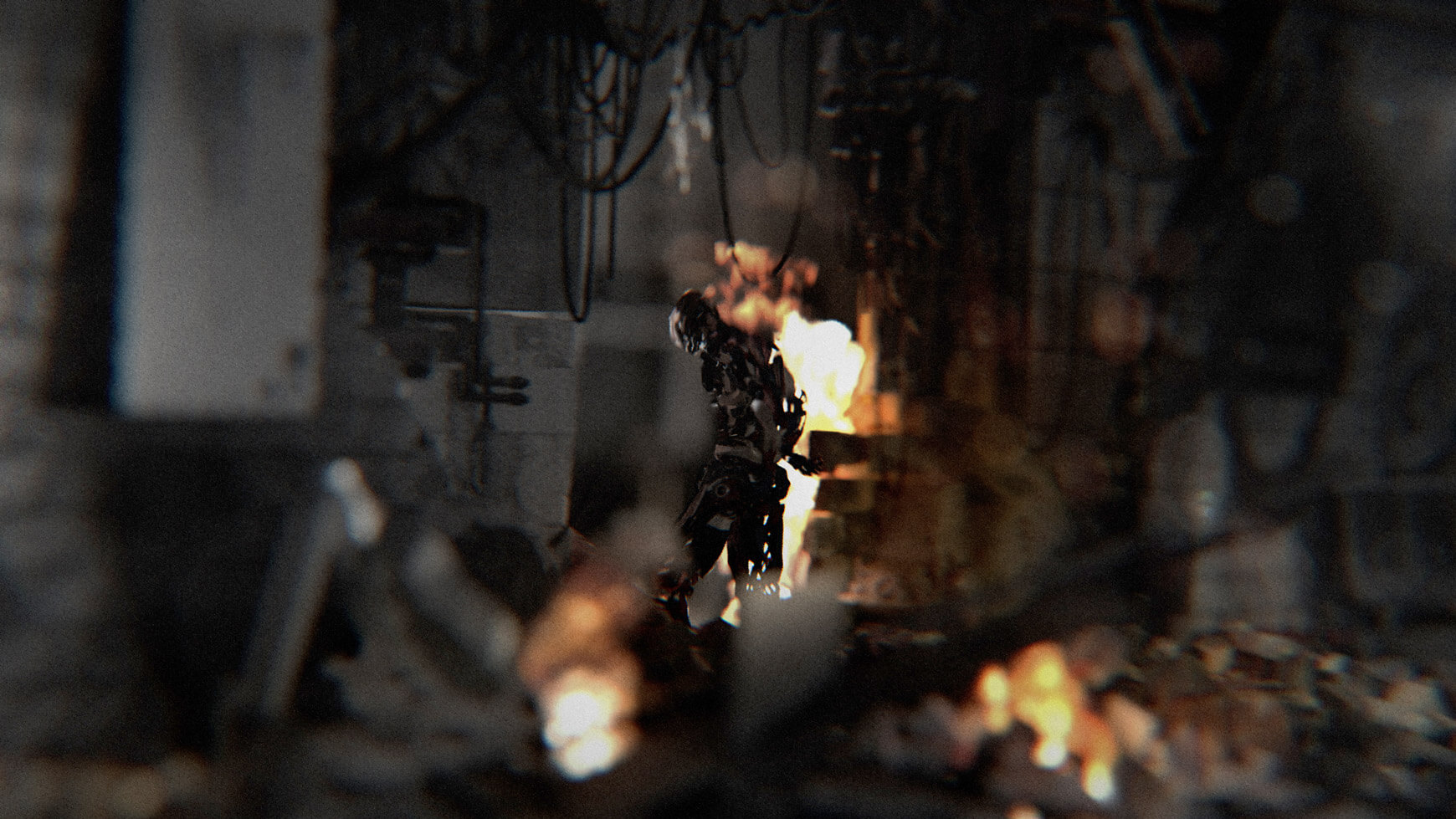
Above fire asset is from VFX Elements Fire 3 Pack

I still have cold sweats thinking back on character animation. Unless you are a specialist, and I am not, it’s a very unforgiving area that badly needs new ideas, ideas like Mixamo. Sadly, it’s on life support, but I’d say I managed to do 60% of the character animation using Mixamo and the motion system in C4D to combine clips.
The rest was a mix of other motion clips I found from random sites like Reallusion, a LOT of hand animation, and even some Daz animations. Whatever worked.

None. Zip. Nada.
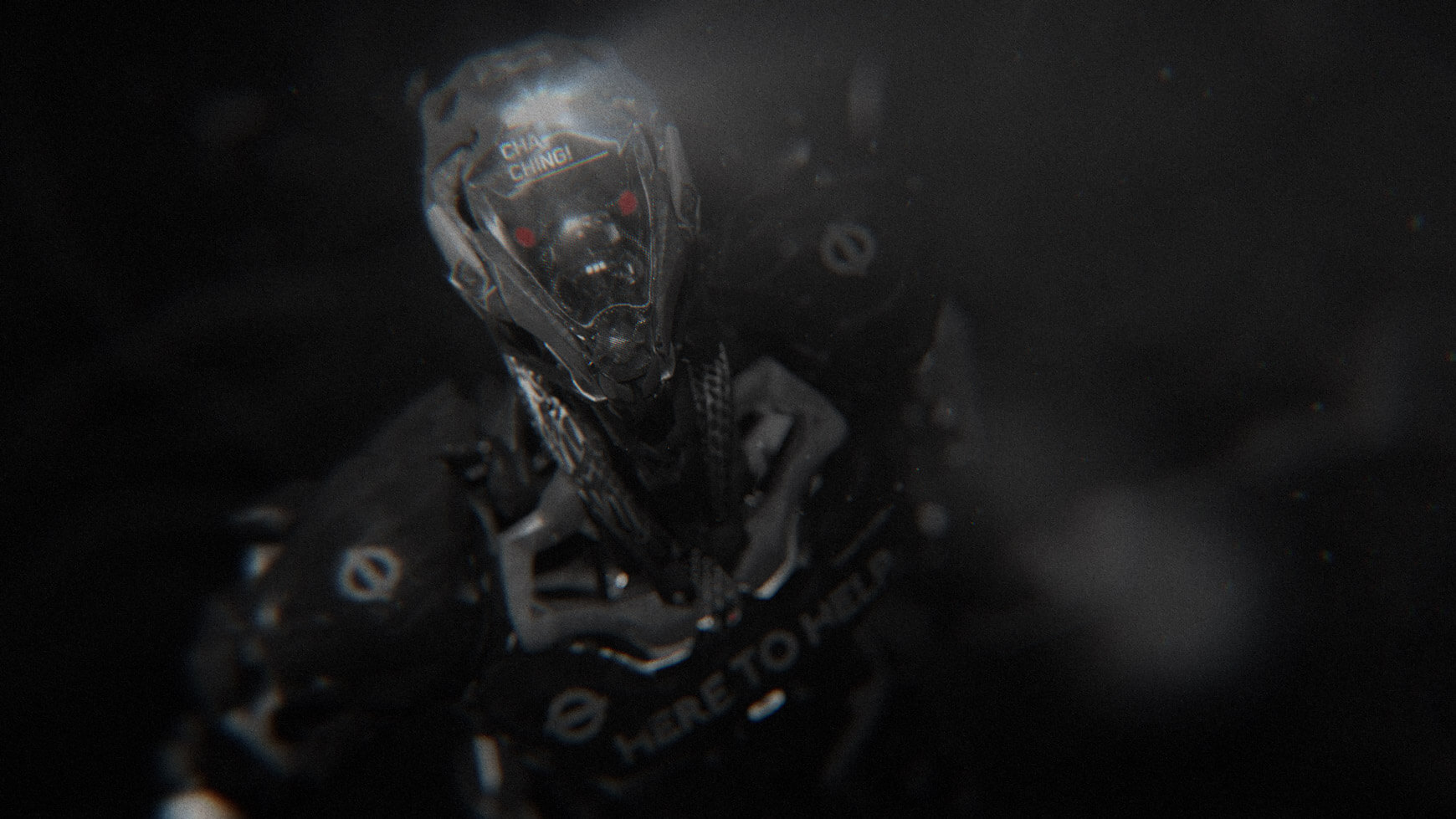
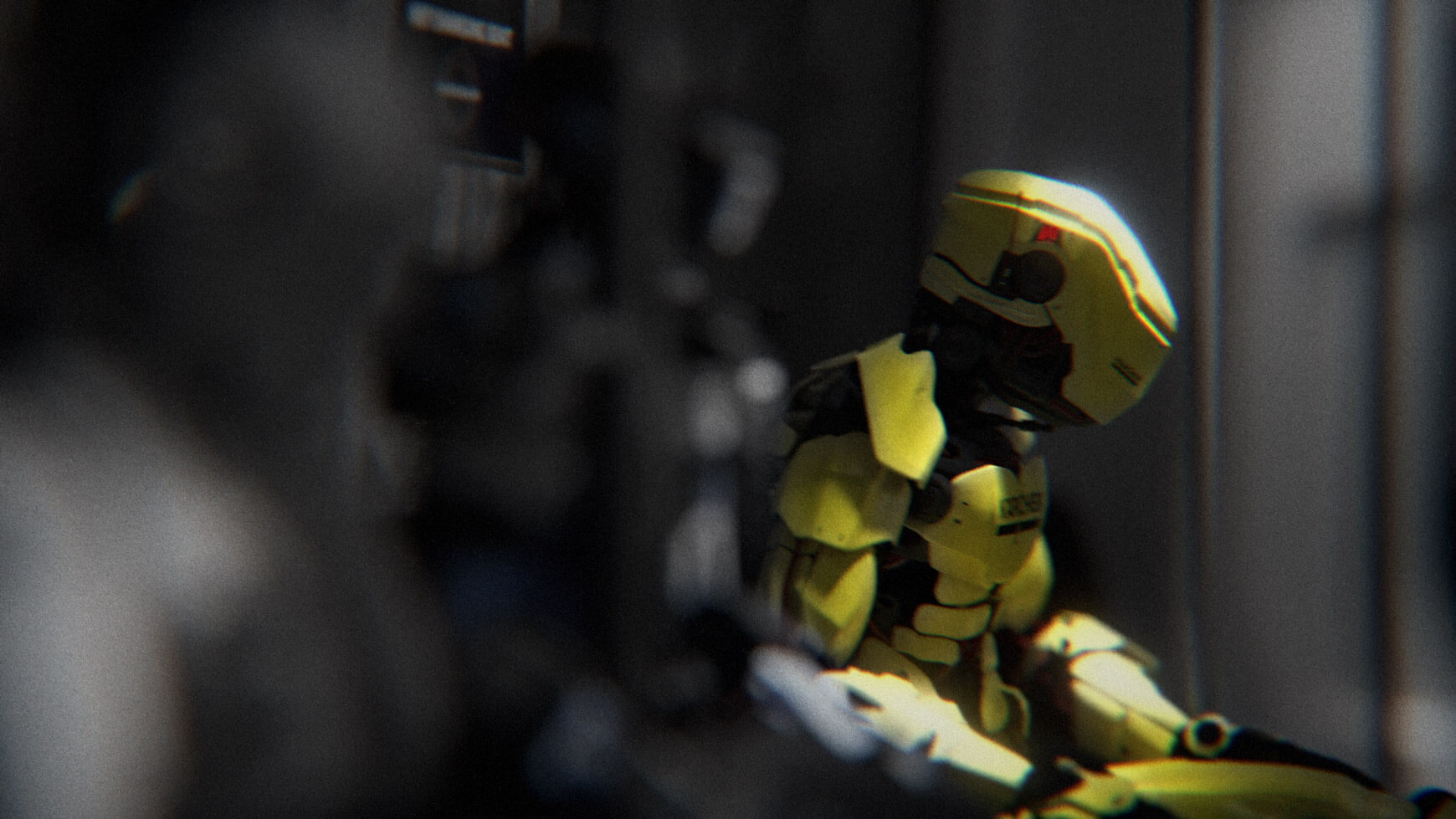
It wasn’t really a thing when I started this almost 3 years ago, so it was never even an option. If I were to redo it, I might see if there were rigging workflows and motion capture workflows that might make the character animation easier.
I’m not excited by AI in its current form. I’ve tried to use it in commercials, and it always falls apart very quickly, especially when client changes start. As a freelancer, when I want to quickly ideate things for future screenplays and I don’t have a budget, I’ve enjoyed using it for spitballing concepts on my own.
But it’s 3-4 years on since it first appeared, and it still fails completely for me when you need to make changes or apply it consistently.
I’m a geek and I love new toys, but as it stands, it’s a toy, no matter what they say. As an experiment, I fed in a scene from the finished film to an unnamed video AI. I used the first and last frame I’d rendered and asked it to complete the move. It was smooth as silk and completely unusable.
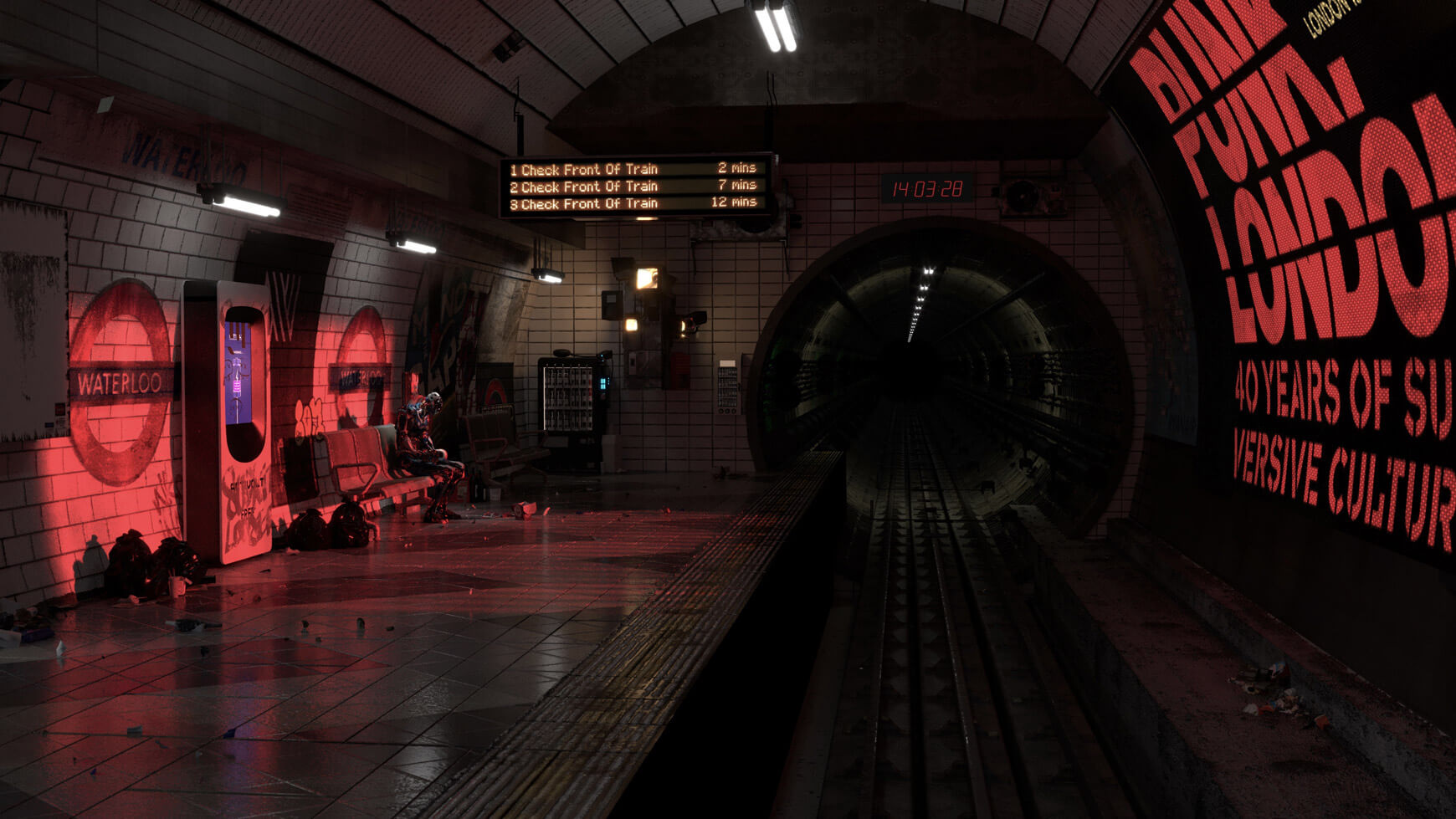
Creatives find a way. Good creatives thrive. Great creatives change everything. I was in that first wave, completely misusing Photoshop 2.0 when I was a Graphic designer. Adobe took note and changed how Photoshop worked.
I think the one good thing about AI is that it has made us harder, more determined to thrive and grab things by the neck like we did Photoshop. Remember, C4D was an architectural 3D program and the ONLY 3D program available on Mac [intosh]. MoGraph designers abused it, and Maxon listened. Next thing we had Cloners, and you could do mad stuff. And yes, this was completely done on a Mac!
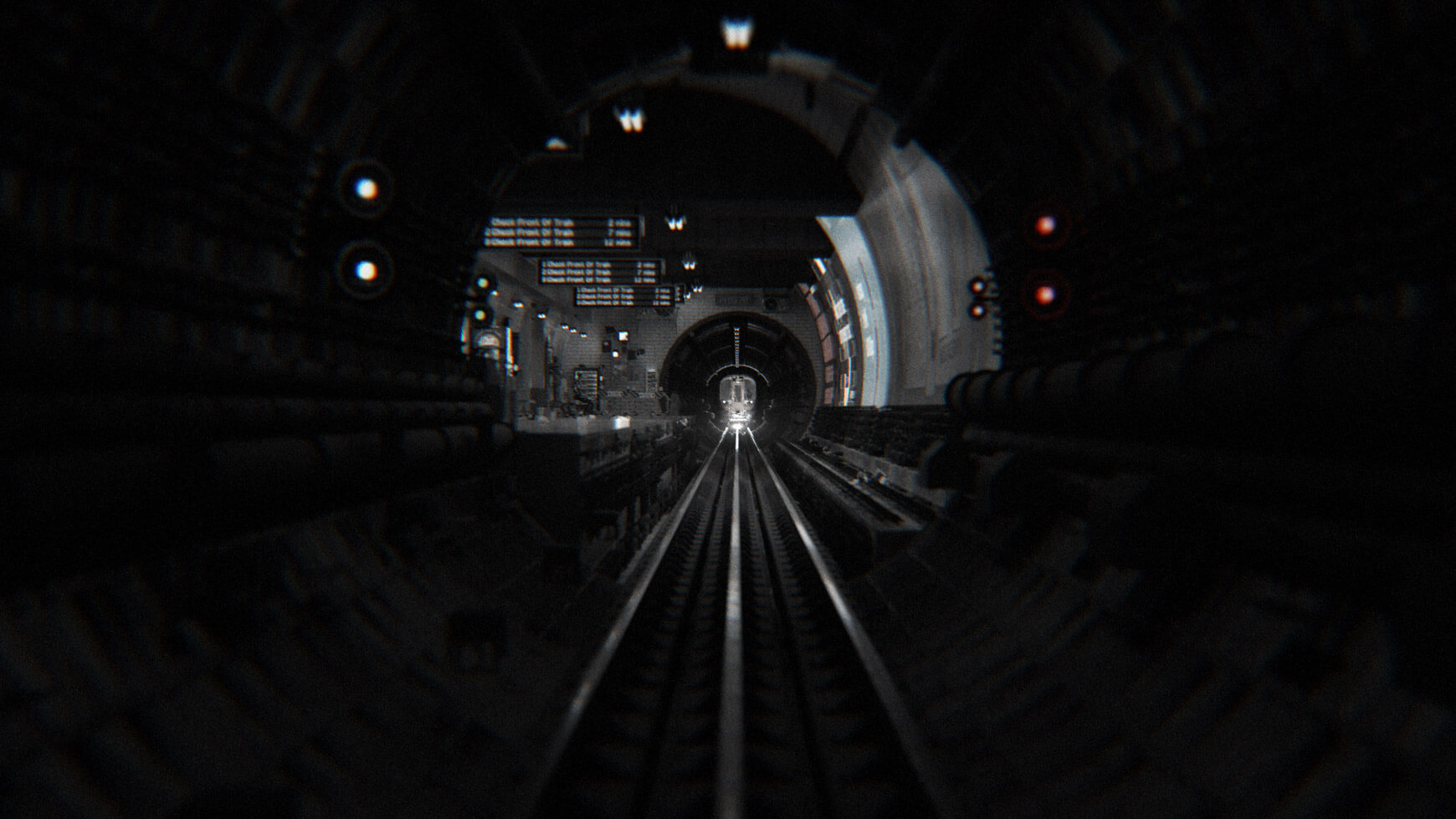
The race to the bottom. I still believe in ‘Build it and they will come’, ie just make cool shit but as long as agencies are scared of losing clients that race will only go one way.

My Pal Denis denis.ie did it all. He is a real genius and a lovely guy, part of my Irish mafia that I work with. I said, “Think John Carpenter soundtrack meets a lick of Hans Zimmer via Eraserhead.” And that was it, I knew he’d do something special, and I’m never disappointed. No notes!
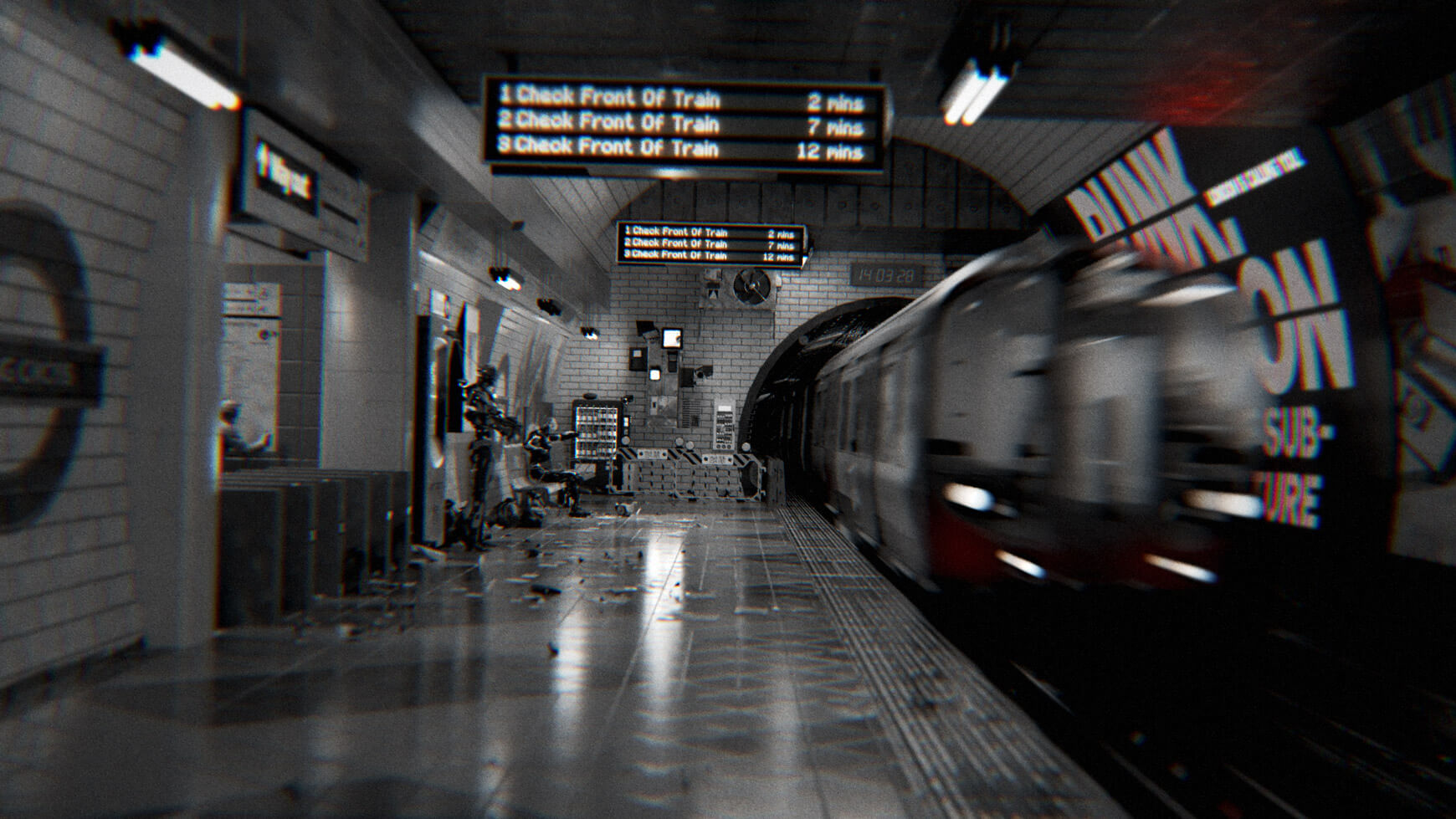
I’m back making TV commercials, both live action and CG, but Botching seems to have legs, and I’m working with a producer on a feature version. It’s early days, but that world seems to really intrigue people, and I’m over the pain now, so I love being back there.
Instagram is probably best: supersixtyeight OR my website: www.supersixtyeight.com
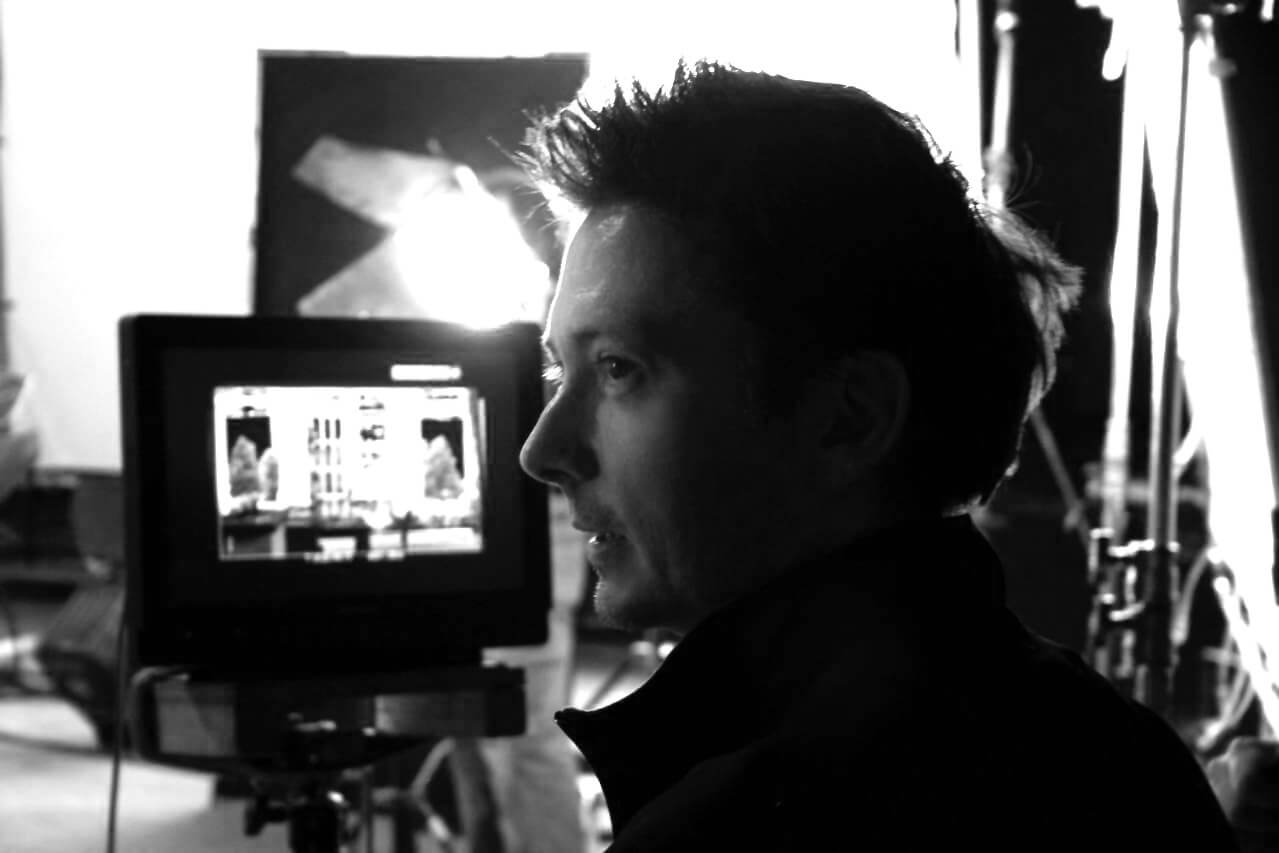
I hope you enjoyed this interview with Brian! If you want to use the same assets that he used in his film, check out our products here.
Check out our Redshift Material Packs here.
Get our Modern Cityscape Collection here.
Want more interviews? Check out our interviews with Marcin Flisikowski, Pierre Magnol, Josh Pierce, Dizzy Viper, Darrien Murphy, or Ryan Silva.